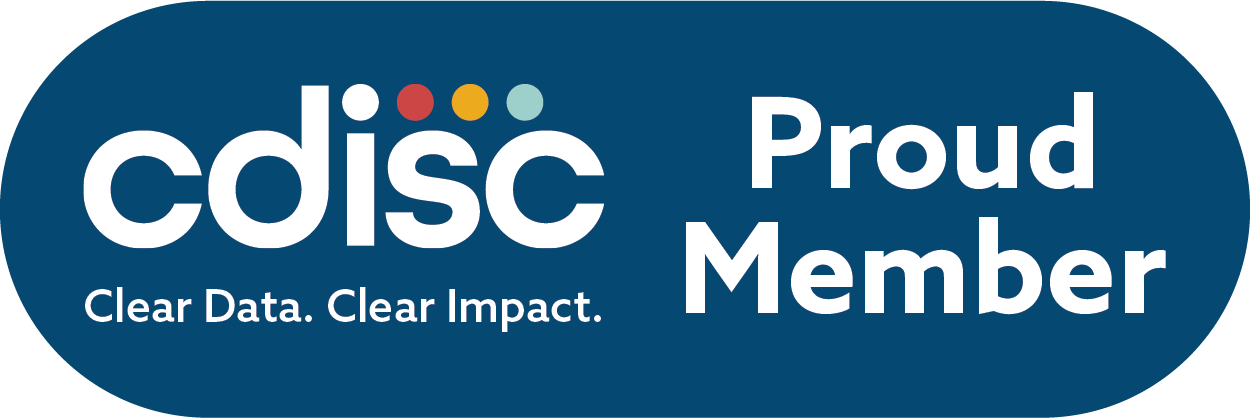How knowledge graphs improve LLMs for Life Sciences companies
How knowledge graphs improve LLMs for Life Sciences companies

Knowledge Graphs
Knowledge Graphs
Knowledge Graphs
LLMs (Large Language Models) like GPT-4, LLaMA, and Claude are everywhere. They’re the subject of articles and conversations, and their popularity continues to grow thanks to how accessible and “visible” they are as a technology.
But there’s a key element many people forget—one that plays a crucial role in complementing LLMs: knowledge graphs.
In this post, we’ll explain why combining these two technologies is so important for companies aiming to build smarter and safer AI, especially in the life sciences sector.
What’s a knowledge graph?
Put simply, a knowledge graph organizes information using entities (like drugs, organizations, or symptoms) and relationships (how those entities are connected). Think of it as a way to represent facts in a structure that machines can understand and reason over.
For example:
- Entity: “Narrativa”
- Relation: “generates”
- Entity: “regulatory documentation”
By connecting pieces of information like this, knowledge graphs make it easier to search, retrieve, and validate facts—especially in complex domains like healthcare.
Why combine knowledge graphs and LLMs?
LLMs are great at understanding and generating natural language—but they aren’t perfect. They don’t have long-term memory, can hallucinate facts, and have trouble accurately analyzing large amounts of data.
That’s where knowledge graphs come in. They bring structure, accuracy, and traceability to the table. Used together, these technologies complement each other well:
- LLMs handle language: interpreting questions, generating summaries, creating human-readable outputs.
- Knowledge graphs handle knowledge: storing and retrieving facts, checking consistency, and supporting reasoning.
This combination is especially valuable in life sciences, where both clear communication and factual accuracy are crucial.
A real-world example: clinical trial reporting
Take the case of a clinical trial for a new drug. These studies generate large volumes of data—often spread across dozens of pages—including detailed records of side effects.
Now imagine asking an LLM: “What was the most frequently reported adverse event?”
If you feed the model a 35-page document full of data points, chances are it won’t give you a reliable answer. This is understandable, considering they must process a substantial volume of data to produce a response. LLMs aren’t designed to search through that much information at once. Instead, a smarter approach is to break the task into steps.
- Split the document
We divide the content and process it one page at a time. For each page, we give the model a focused task, like extracting adverse events listed in a specific table or paragraph. - Extract the factual information
We don’t ask the LLM to interpret or make decisions. It simply pulls out the factual information. For example: “Headache – Group A – 25%”. - Analyze the facts
At this stage, we look for patterns—such as data that is “frequent,” “significant,” or “relevant”—based on the analysis of the information in the knowledge graph. - Generate a final summary
Once the data is structured and validated, the LLM can generate a clear summary: “Headache was the most commonly reported adverse event in the study.”
This process means the LLM isn’t overwhelmed with 100,000’s of raw datapoints—it’s used precisely where it’s strong. Meanwhile, the knowledge graph ensures everything remains consistent, traceable, and verifiable.
Structured answers for real scientific needs
Many teams are adopting a similar strategy using functions in LLMs. Instead of asking LLMs to generate open-ended text, many teams are using functions that require the model to produce structured outputs—like filling out specific fields or returning answers in a predefined format.
This hybrid method—language model for understanding, graph for knowledge—is shaping up to be one of the most reliable ways to build AI systems in high-stakes fields like healthcare and biotech, where precision and accountability aren’t optional.
About Narrativa
Narrativa® is the global leader in generative AI content automation. Through the no-code Narrativa® Navigator platform and the collaborative writing assistant, Narrativa® Sidekick, organizations large and small are empowered to accelerate content creation at scale with greater speed, accuracy, and efficiency.
For companies in the life sciences industry, Narrativa® Navigator provides secure and specialized AI-powered automation features. It includes complementary user-friendly tools such as CSR Atlas, Narrative Pathway, TLF Voyager, and Redaction Scout, which operate cohesively to transform clinical data into submission-ready regulatory documents. From database to delivery, pharmaceutical sponsors, biotech firms, and contract research organizations (CROs) rely on Narrativa® to streamline workflows, decrease costs, and reduce time-to-market across the clinical lifecycle and, more broadly, throughout their entire businesses.
The dynamic Narrativa® Navigator platform also supports non-clinical industries such as finance, marketing, and media. It helps teams drive measurable impact by creating high-quality, scalable content on any topic. Available as a self-serve SaaS solution or a fully managed service, built-in AI agents enable the production, refinement, and iteration of large volumes of SEO-optimized news articles, engaging blog posts, insightful thought leadership pieces, in-depth financial reports, dynamic social media posts, compelling white papers, and much more.
Explore www.narrativa.com and follow on LinkedIn, Facebook, Instagram, and X. Accelerate the potential with Narrativa®.



